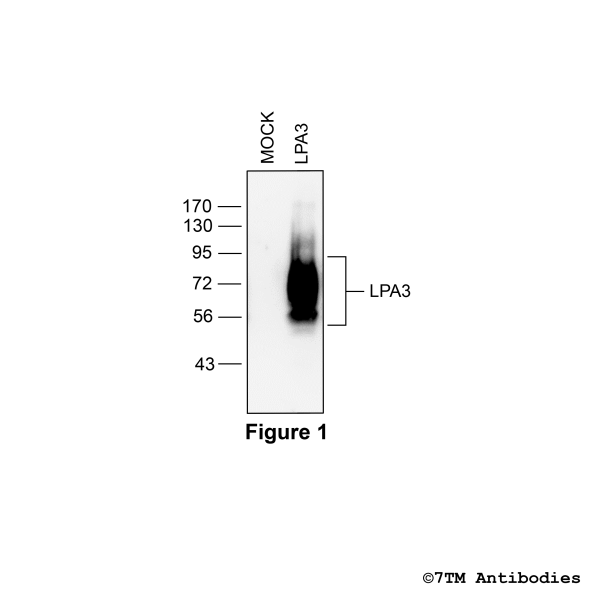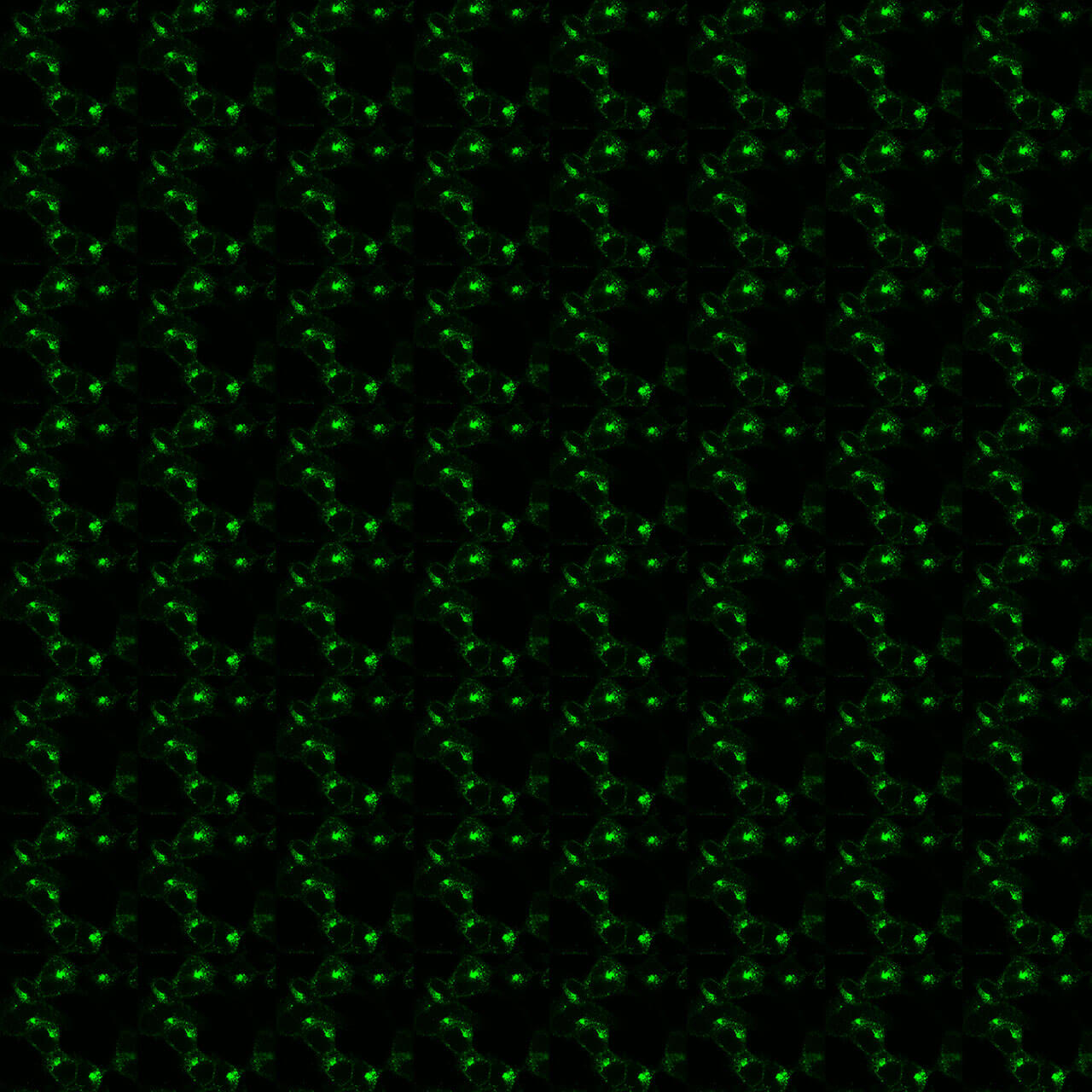NEW

$ 375.00 *
Prices plus VAT plus shipping costs
Ready to ship today,
Delivery time appr. 5-8 days
- Order number: 7TM0274N
- Content: 100 µl
- Host: Rabbit
The non-phospho-LPA3 receptor antibody is directed against the distal end of the... more
The non-phospho-LPA3 receptor antibody is directed against the distal end of the carboxyl-terminal tail of human LPA3. It can be used to detect total LPA3 receptors in Western blots independent of phosphorylation. The LPA3 antibody can also be used to isolate and enrich LPA3 receptors from tissue lysates.
Alternative Names Edg7, endothelial differentiation gene 7, ... more
| Alternative Names | Edg7, endothelial differentiation gene 7, lysophosphatidic acid G-protein-coupled receptor 7 |
| IUPHAR Target ID | 274 |
| Uniprot ID | Q9UBY5 |
| Western Blot (WB) | 1:1000 |
| Species Reactivity | Human |
| Host / Isotype | Rabbit / IgG |
| Class | Polyclonal |
| Immunogen | A synthetic peptide corresponding to c-terminal end of human LPA3. |
| Form | Liquid |
| Purification | Antigen affinity chromatography |
| Storage buffer | Dulbecco's PBS, pH 7.4, with 150 mM NaCl, 0.02% sodium azide |
| Storage conditions | short-term 4°C, long-term -20°C |
Figure 1. Validation of the Lysophosphatidic Acid Receptor 3 in transfected HEK293 cells.... more
Figure 1. Validation of the Lysophosphatidic Acid Receptor 3 in transfected HEK293 cells. Native HEK293 cells (MOCK) or HEK293 cells stably expressing the LPA3 Receptor (LPA3) were lysed and immunoblotted with the phosphorylation-independent anti-LPA3 antibody (7TM0274N) at a dilution of 1:1000.
Read, write and discuss reviews... more
Customer evaluation for "LPA3 (non-phospho), Lysophosphatidic Acid Receptor 3 Antibody"
Write an evaluation
Evaluations will be activated after verification.
NEW
NEW
NEW
NEW
NEW
NEW
Recently viewed












